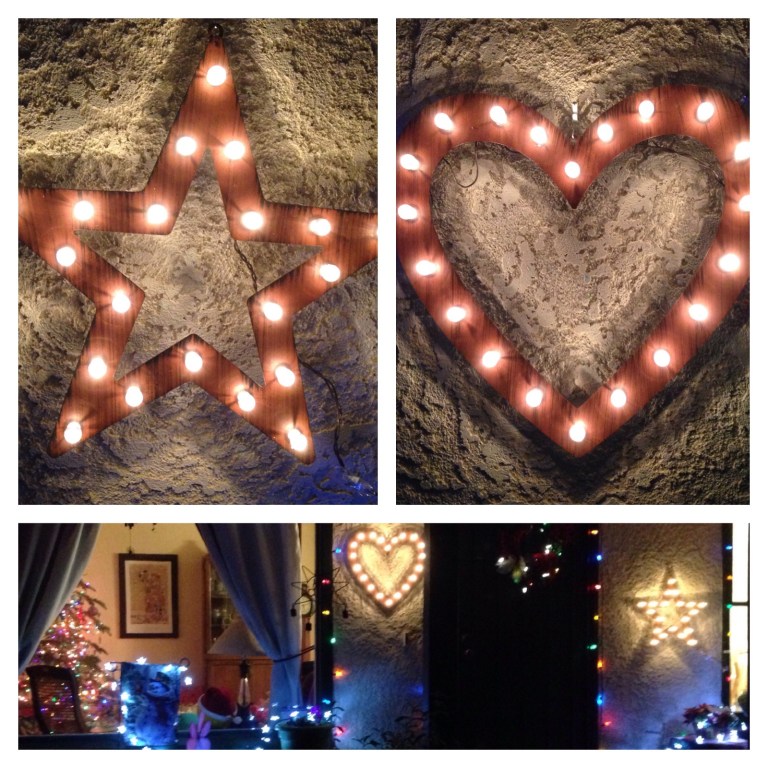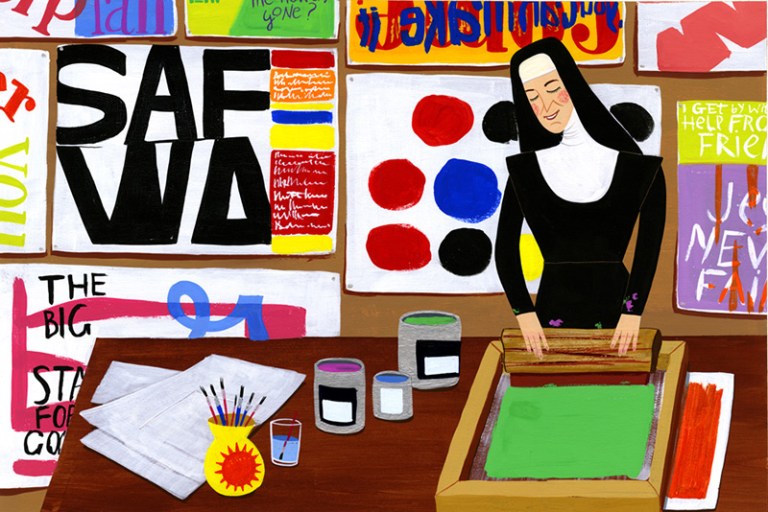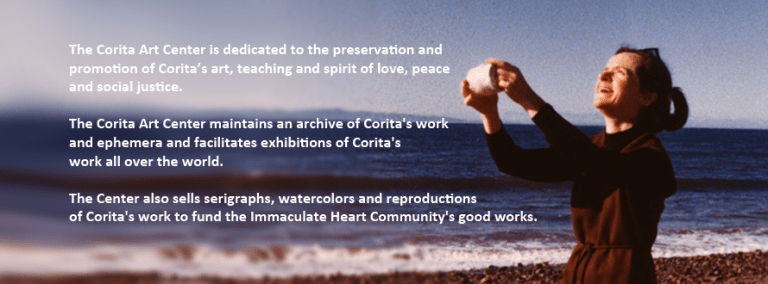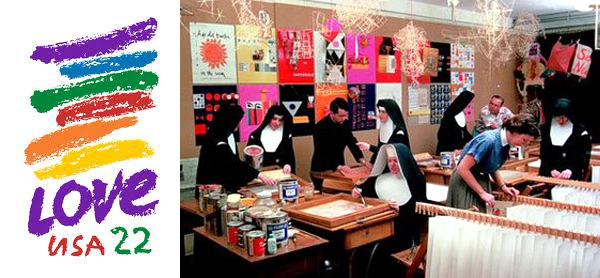Sometimes I can be really serious. I am sensitive to world events. My heart hurts when there are painful and sad things happening. I struggle with the big issues regarding injustice, violence against women and children, as well as hurtful actions against animals, which is why I adopted a vegan diet 6 years ago. I also happen to be in my fourth year of writing for Cosmic Cowgirls Magazine and while the first years leant themselves to me writing about inspirational uplifting topics, we as a collective group have dug deeper into more challenging topics, especially this year where the theme is Taboo. I have now tackled the topic of Naked Vulnerability, “Death” in We Are All Going to Die. Poetry Can Help , “Ambiguity” in Shades of Fucking Gray or Delicious Ambiguity? and the most recent, sexual abuse of children, in The Bogeyman Under the Bed. Goodness I sometimes feel like this series is putting me through the proverbial wringer.
In my off time from contemplating and writing about topics like death and abuse I can also get caught up and focused on chores, to-do lists, keeping my car clean, organizing my emails and hanging up my clothes according to color scheme. (Oh dear, I am revealing my idiosyncrasies.) Yes, there are aspects of my moderate OCD personality that likes everything in a certain order. It is the last trait that can trigger my irritation about towels hung up haphazardly, the bed not made, books and homework strewn across the dining room table, too many things cluttering up the house, jackets thrown on the floor…well you get the idea. It is something I feel I have to tame regularly if I am to avoid the true grumpy grumps and grumbles about wanting to live alone, so I don’t have to clean up after other people. I love my children and my hubby. It is terrifying to consider a life without them, so obviously moving out or moving them out really isn’t the answer. What I aim to focus on instead is making peace with things I cannot change. Not always so easy, but when love trumps everything else, you do what you need to to make it work.
 So in consideration of how serious I have been feeling, and in all honesty, the blues I have been struggling with for months now (yes even Cowgirls get the blues), it was timely to receive a newsletter that reminded me of the importance of Play. It also seemed appropriate for the magical month of December. I laughed, but related especially to the description of FDD ~ Fun Deficit Disorder. Let me share with you the inspirational message from Kathy Tyler of Innerlinks that struck a chord with me.
So in consideration of how serious I have been feeling, and in all honesty, the blues I have been struggling with for months now (yes even Cowgirls get the blues), it was timely to receive a newsletter that reminded me of the importance of Play. It also seemed appropriate for the magical month of December. I laughed, but related especially to the description of FDD ~ Fun Deficit Disorder. Let me share with you the inspirational message from Kathy Tyler of Innerlinks that struck a chord with me.
| Inspirational Message |

Maximize every moment of liveness. Experience
pleasurable involvement in all your activities and enjoy what you are doing. Have Fun!
Play is at the heart of our creativity and animates our being in our most carefree moments. It helps us live with absurdity, paradox, and mystery. It feeds our childlike joy and wonder. It keeps our search for meaning grounded and on to earth.
There is so much going on in the world, and within us, that our stress levels have adjusted upwards to a new ‘normal’ creating a hidden epidemic of fun deficit disorder (FDD). Play is an antidote to stress. It can totally absorb your attention and cause a cascade of feelings that greatly impact your happiness quotient.
Play engages us with the imaginal realm and supports and enriches our metabolization of life. It is integral for generating insights and effortless realizations. Play literally gives us a ‘breather’ – restoring our vitality at a core level.
This month find a fun activity that totally captivates your attention to the point where time seems to slow or even stop, and the voice inside — (the one giving constant commentary on what you’re doing, have done, or will be doing) — ceases. Laugh heartily at jokes, situations, and yourself.
Wishing you playful, joyous moments throughout December. And, transformed FDD to F:):)….
Warmly,
Kathy
|
Ways I am choosing to have fun this month ~
Created a new holiday music mix and will be designing the cd cover.
Prepared the annual family holiday letter with photos and news about our 2014.
Getting creative with our Elf on the Shelf named TwinTweety.
Delighting in putting up lights, including a new heart and star
on the porch that make me happy.
Decorating the candy house with the family.
As one who loves finding and giving that oh-so-perfect gift
I’ll delight in wrapping and preparing gifts for loves ones.
Before I head off for the fun task of
plotting the next adventure
for our Elf on the Shelf
I encourage you to consider how you
can make this a Season of Magic.

I’ll also close with another
inspirational message from Innerlinks.
You are important.
Your thoughts create.
Your actions matter.
Your presence changes everything.
Be an Intentional Butterfly,
a participant in the ripple effect of caring.
This is the beginning, now is when you start. It is time to awaken to your presence, to be inspired in your actions, and to hold the highest and best outcome for the planet, humanity, and all life on earth. You make a difference and you decide what that difference is. What you think about yourself affects how you feel and how you act. What you think about those you meet affects how they view themselves. We all create each other. I am cannot be a teacher if there are no students. I cannot be a student if there are no teachers.
It is not a question of whether what you think matters. It absolutely does. Your participation is mandatory regardless of your perception. You are here, you are a part of life, and you make a difference. You are a participant in the creation of our future. So, the only question is; what kind of difference do you want to make? It is up to you to decide to be a conscious or unconscious participant. Non-action, to do nothing, is a choice and one you are ultimately accountable for. And, sometimes, non-action is the most courageous choice. But, to do nothing because you do not want to get involved is an excuse to stay disempowered and unaccountable. So, make choices with intent. Be willing to learn, grow, and evolve in your ability to discern what to do and what not to do.
As you go about your daily activities, you touch numerous people most of which you do not even meet. The woman or man behind a cash register who serves you at the counter, your interaction adds or subtracts from their day and how she/he then interacts with the next customer or co-worker. Your interaction with them may tip their inner balance point in the direction of kindness or anger. What kind of influence do you want to be? What is the ripple your energy is creating?
Become a beacon of intention. Intend kindness, peace, grace, appreciation, and recognition of the spirit of the person who is in front of you. You do not need to ‘know’ them to extend your good will and good heart. It is not the receptivity of the other that prevents you from extending your best to each moment.
Practice goodness, become an intentional butterfly that lights upon each interaction with the blessing of the true reality that is our shared humanity. Add your presence to the love and compassion that are the healing agents that free our spirits and open our souls to the knowing of our true selves.
Each interaction is an opportunity to start a chain reaction of caring. Of giving the moment a magic touch that reverberates and carries out like a ripple on a pond. Endless in possibilities to affect an outcome many steps down line from your initial incidental action.
This is a way to contribute to the phase shift where change can happen. Like water heating to the boil, there is a moment before it reaches the temperature to start to boil, but if the heat remains at that point or drops, the water never makes the phase shift to actually boil, to become steam, to change its frequency. You can be that moment; you can choose to add to the phase shift of another. You can be the butterfly with the gentle touch that contributes to the phase shift, to the change. You may just be the difference that changes everything. Don’t miss your opportunity.
Join the circle, become an Intentional Butterfly. Make a difference. Start now, be a conscious, caring, human being. You are part of a larger picture, a much grander plan then what you may perceive. What you give to one gives to the whole and ultimately gives back to you.
Keep your acts of intention simple.
- Open a door for someone and as look in his or her eyes, smile.
- Let in front of you the driver who is waiting to merge.
- Ask the cashier how they are.
- Compliment your partner.
- Give specific appreciation to your children.
- Return a shopping cart to the door.
- Recycle your cans.
- Make a phone call to someone who lives alone.
Build on simple acts increasing in frequency. Frequency meaning both: more often and increase in vibration. Upping your intentional actions. Extending your loving presence to touch that in another.
Then, ask for more opportunities to be an intentional butterfly. Keep your heart open. Stay alert to the seemingly incidental moment that can change the outcome of someone’s day.



































